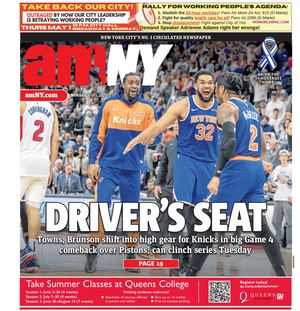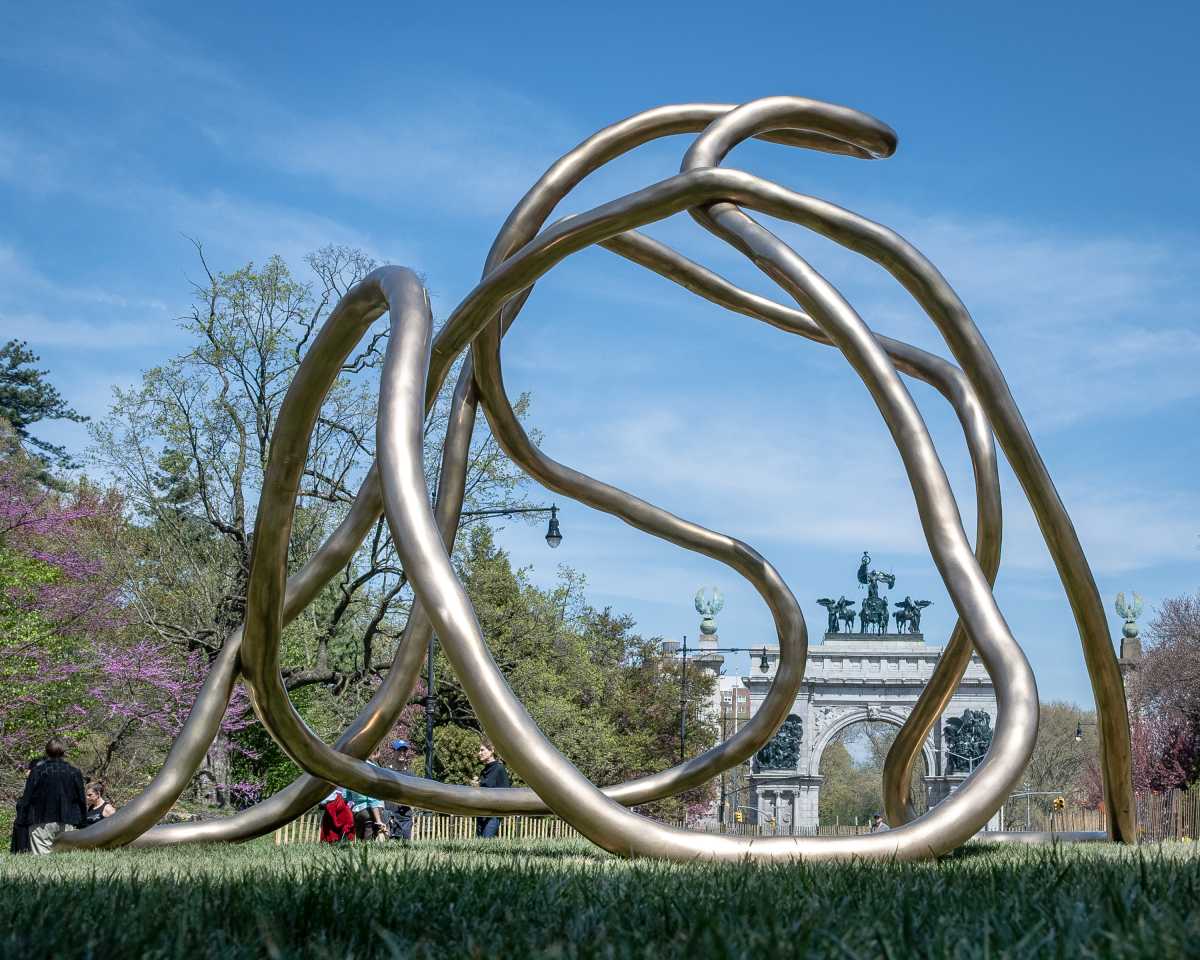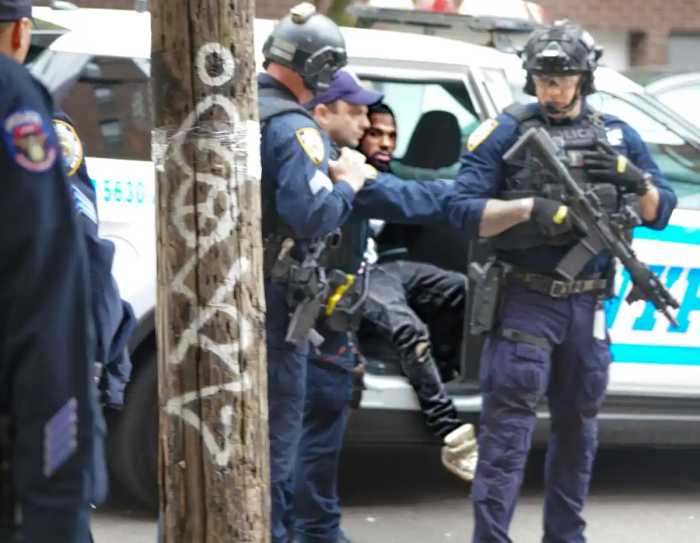The surefire way you know a neighborhood is gentrifying is when more brown faces move in. No, not black or Hispanic, but Indian.
This is unlike my native England, where the Asian (a term generally used for Pakistanis, Indians and Bangladeshi) populous has traditionally crammed into the poorest neighborhoods in east and west London and worked its way up. In NYC, middle-class Indians, many with Ivy League degrees, have been skittish about transitional neighborhoods.
When I moved to Prospect Heights in 1995, my mother would arrive for her yearly visits and bemoan the lack of people like her. She would bring spices and dessert mixes from Indian stores in England, infusing my kitchen with the aromas of cumin, turmeric and cardamom. When I moved to Crown Heights in 2002, she was even more alarmed.
“Are there no Hindu temples nearby you can take your children to?” she asked.
“No Mum,” I said. “Most of those are in Queens.”
“Why would you move here?”
But things are changing. With Brooklyn’s gentrification, urban neighborhood staples — 99-cent stores and ethnic-hair salons — are being replaced by curry houses. And Indian professionals aren’t far behind. The metro area is home to nearly a quarter of the nation’s Indian-Americans, according to the 2010 Census.
Still, it may be a while until Crown Heights goes the way of Jackson Heights — and Nostrand Avenue won’t be hosting any Diwali festivals this year. However, I’ve got mixed feelings as a witness to the change.
If variety is the spice of life, today’s Brooklyn is a veritable vindaloo. But as happened in Prospect Heights, which changed from a predominantly black to white nabe in 15 years, I fear the potpourri of skin tones and races in gentrifying Brooklyn won’t last.
With brownstones fetching up to $2 million in Bed-Stuy and Crown Heights, it won’t be long before the area goes the way of national chain stores and shops with overpriced coffee — leaving its African-American and West Indian heritage to the history books.
Crime is down and the economy up but as I passed a roti shop on Nostrand Avenue, playing Bob Marley’s “One Love,” I sang (if incorrectly): “Let’s live together and be all right.”





























